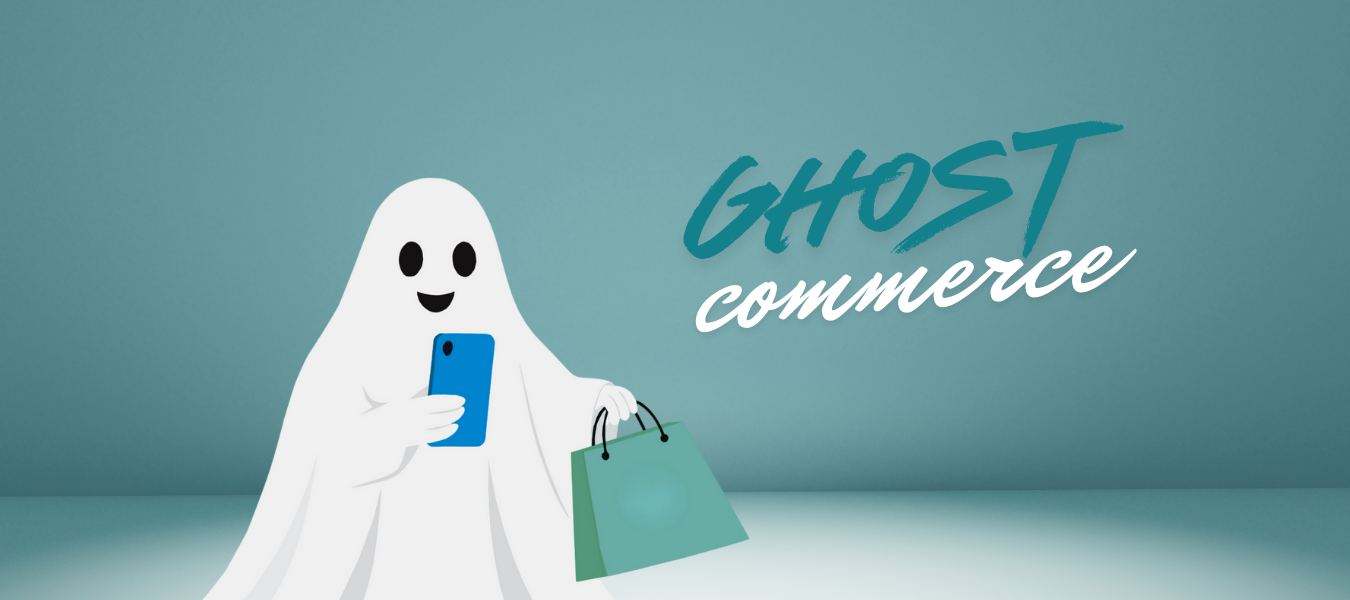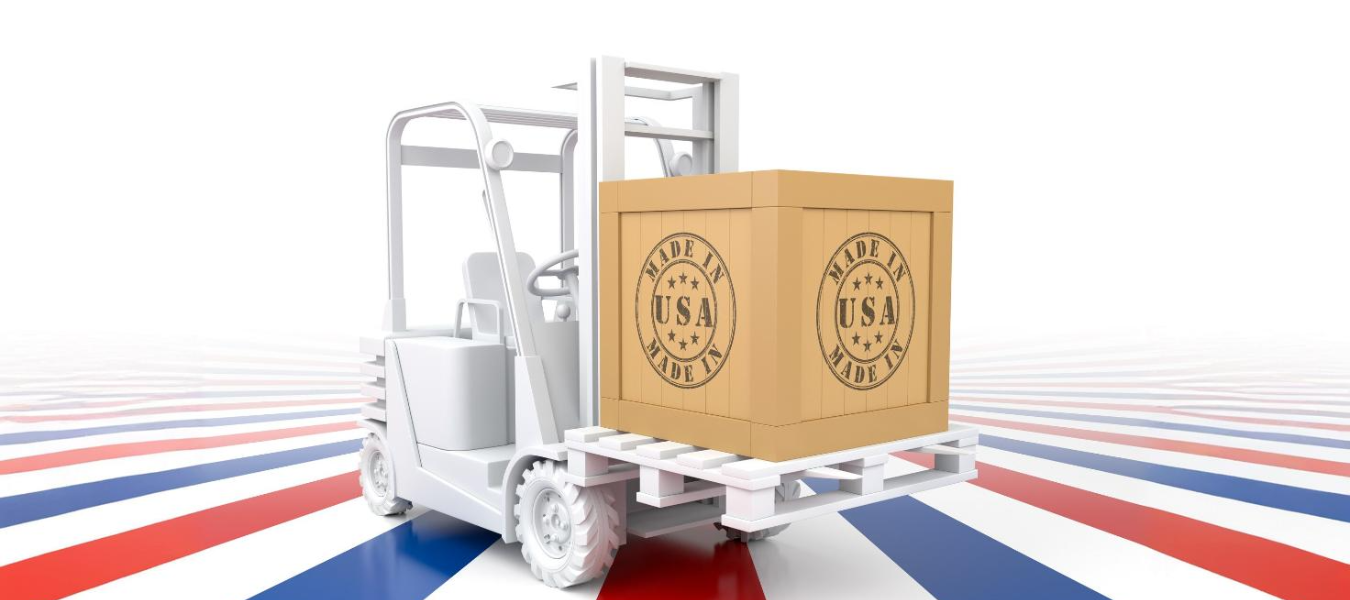



You’ve probably at least once faced a statement that dropshipping is one of the easiest ways to launch an online business in 2025. Yes, but with ease comes risk. As the popularity of dropshipping grows, so do the scams. From shady suppliers to fake apps and payment fraud, the number of dropshipping scams out there can feel overwhelming — especially for new sellers.
The good news? Most scams are avoidable if you know what to look for. In this guide, we’ll walk you through the most common dropshipping scams online sellers and eCommerce entrepreneurs face today, and share proven strategies to avoid them. Whether you’re using a dropshipping tool like AutoDS, Spocket, or selling on Shopify, knowing how to protect yourself is non-negotiable.
Let’s break it all down and show you how to run a scam-free dropshipping store in 2025.
As an online seller or dropshipper, it’s essential to be aware of the dropshipping red flags that could point to a potential scam. Here are the most frequent and dangerous dropshipping scams in 2025.
One of the most harmful scams in the dropshipping business is selling counterfeit or unlicensed products — especially in niches like electronics, cosmetics, or branded apparel. When a customer realizes they received a fake, they’ll likely request a chargeback, which hits your payment processor and damages your reputation.
This issue also violates platform policies on Shopify, Etsy, or Amazon and could lead to store bans. Always source products from verified and compliant dropshipping suppliers with U.S.-based warehouses, proper product documentation, and up-to-date certifications.
Some shady suppliers pose as “premium” partners and hook dropshippers with free sign-up offers — only to bury hidden charges in the fine print. These fees may include inventory reservation charges, early termination penalties, inflated shipping costs, or even unexpected “maintenance” fees.
Transparent pricing is a must. If you can’t easily understand how your dropshipping supplier charges you, it’s time to walk away. Trusted dropshipping automation tools usually provide clear supplier metrics and performance data.
One of the oldest dropshipping scams is the “fake wholesaler” who looks legitimate but isn’t. These operators don’t stock any real products — instead, they collect money from your store and disappear after a few orders. Often, they’re just drop-servicing products from other dropshippers, adding a markup, and never delivering.
How do you spot them? They’ll often demand high upfront fees or pressure you to commit to large orders quickly. Real B2B dropshipping partners and wholesale suppliers offer flexible terms and let you test small orders first.
You’ve listed a trending product, run ads, and made sales — only to find out the supplier never had it in stock. This is the infamous “out-of-stock scam.” The dropshipping supplier either ships a totally different product, cancels the order without notice, or blames the delay on international logistics.
This scenario creates a nightmare for customer service and leads to refund demands, chargebacks, and poor store reviews. To avoid this, always choose suppliers with real-time inventory sync and fast U.S. shipping. Tools like Mysellerhub and Onlihub offer verified U.S.-based dropshipping suppliers with updated product feeds.
Some shady apps or suppliers might harvest customer data from your store and use it to target buyers directly or resell the data to third parties. This isn’t just unethical — it can also be illegal under GDPR and CCPA laws.
Avoid unverified apps or extensions. Only install dropshipping apps and plugins from trusted developers with positive reviews and active customer support. Dropshipping automation software that’s privacy-compliant will always outline how they handle data.
This scam is frustrating for both sellers and customers. You expect a sleek product to be shipped — say a smartwatch — but your customer receives a plastic toy or damaged knockoff. These bait-and-switch scams are often pulled by suppliers with poor quality control and minimal oversight.
You’ll lose time and money dealing with angry customers, refund disputes, and potential bad PR. Solution? Test orders regularly, monitor return rates, and only use suppliers who provide order tracking, consistent packaging, and real product images.
Now that you know what the biggest risks look like, let’s talk solutions. Here’s how to protect yourself against the most common dropshipping scams in 2025.
Whenever you engage with a new dropshipping supplier, fulfillment partner, or app provider, document every transaction, agreement, and communication. Save contracts, order receipts, emails, product sourcing terms, and supplier invoices. Why? Because in case of a dispute — such as receiving faulty goods or getting overcharged — having everything documented gives you legal and financial leverage. This practice is especially critical when sourcing products through US-based dropshipping warehouses or lesser-known global suppliers. It’s one of the simplest ways to protect your dropshipping business and avoid unnecessary chargebacks or fraud accusations.
Before adding a new product or partner to your store, take time to research your supplier in detail. Check reviews, verify their business registration, and look at what other dropshippers are saying in online seller forums. Look for red flags like inconsistent pricing, vague product descriptions, poor-quality photos, or no return policy. Prioritize working with vetted dropshipping marketplaces or automation tools that give you access to trusted, US-based suppliers. When doing research, look out for “trusted dropshipping supplier USA” or “verified wholesale supplier” should be part of your vetting checklist when performing research. Remember, your supplier’s reputation directly impacts your own.
One of the best ways to avoid getting scammed is to place a test order yourself. This helps you verify the product’s quality, packaging, shipping speed, and the accuracy of tracking numbers. If you’re using dropshipping automation software, this step can also test how well the system syncs orders between your supplier and your store. By simulating the customer journey, you’ll quickly identify potential issues with delivery time, product quality, or fulfillment accuracy. Testing before scaling is a must — especially in high-risk niches like beauty, electronics, or supplements.
Scammers often use high-quality stock images or lift photos directly from legitimate manufacturer websites. Always perform a reverse image search to check whether product photos have been taken from another store or are being reused across multiple sketchy sites. Look for original photos, videos, or user-generated content when choosing which products to list. Authentic product visuals are not only important for customer trust — they’re also a good indication that your supplier is actually shipping the items they claim to offer.
Just because an app is listed in the Shopify App Store or claims to work with WooCommerce doesn’t mean it’s safe. Before installing any dropshipping tool, browser extension, or automation platform, read reviews, analyze their privacy policy, and check what permissions they’re asking for. Some apps may scrape your customer data or introduce malicious code into your storefront. Stick with reputable dropshipping software platforms and supplier networks that emphasize secure integration and offer proven case studies. Type in “secure dropshipping tool,” “best automation software for Shopify,” and “privacy-focused dropshipping apps.”
Scammers can exploit refund processes just as much as payment systems. Whether it’s fake claims of undelivered goods or faulty return handling, knowing your supplier’s refund policies is vital. Choose dropshipping partners with transparent and trackable refund protocols. Keep tabs on refund timelines and make sure your own refund process is clear, automated, and well-documented on your store. If you’re using automation tools or a dashboard, use the built-in analytics to monitor refunds and dispute patterns — often, a refund trend is the first sign of a deeper supplier or logistics issue.
One of the most common dropshipping scams is the use of fake or recycled tracking numbers. These are often generated to trick sellers into thinking an order has shipped — when in reality, nothing’s been sent. Before trusting a supplier, make sure they use reputable carriers with real-time tracking updates. Track a few test packages yourself and look at how accurate and up-to-date the tracking is. You should also integrate shipment tracking into your storefront so customers can follow their orders. Phrases like “real-time shipping tracking for dropshipping” or “verified logistics partners” are good keywords to guide your setup.
Avoid paying suppliers or platforms through sketchy methods like wire transfers or crypto unless you’ve thoroughly verified them. Instead, use secure, traceable methods like PayPal, credit cards, or reputable payment processors that offer dispute resolution. Not only does this protect you from potential supplier fraud, but it also adds a layer of buyer protection in case your dropshipping transaction goes sideways. Go for “secure payment for dropshipping suppliers,” “PayPal for dropshipping,” and “dropshipping payment safety.”
Despite its legitimacy as a business model, dropshipping often gets a bad rap — and some of that is deserved. Scammers, overpriced courses, and misleading gurus have flooded the space, selling the dream of overnight success with no effort.
In reality, dropshipping is a low-barrier but high-responsibility business. Success requires smart supplier selection, product testing, effective marketing, and excellent customer service. Many new dropshippers jump in unprepared, fall for scams, and leave disillusioned — fueling the perception that dropshipping itself is a scam.
But when done right, it’s a profitable, scalable business model that still works in 2025. The key? Treat it like a real business, not a get-rich-quick scheme.
Dropshipping isn’t the problem — bad decisions are. Scams exist in every industry, but that doesn’t mean you should be afraid of starting a dropshipping business. With the right tools, trustworthy dropshipping suppliers, and common sense, you can run a scam-free dropshipping business that scales.
Use reliable dropshipping software, validate your suppliers, keep receipts for every transaction, and test before you launch. Your job as a modern dropshipper is to be skeptical, stay informed, and build systems that protect your brand and your customers.
2025 is a great year to start or scale your dropshipping business — but only if you do it the smart way.





